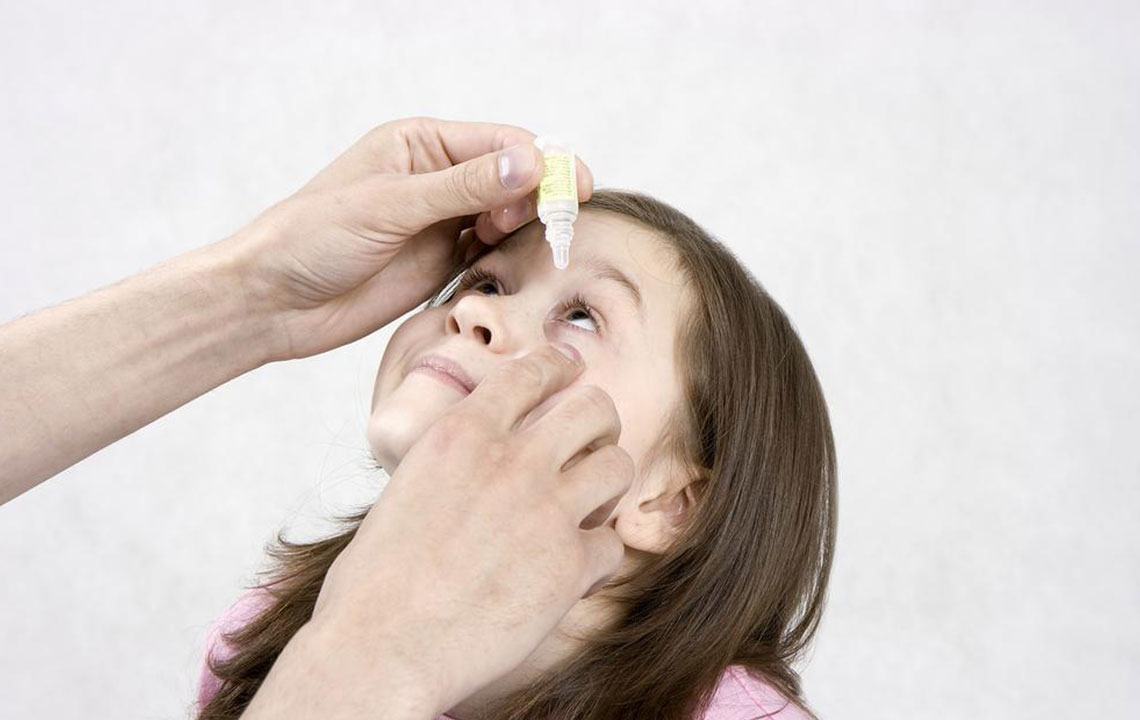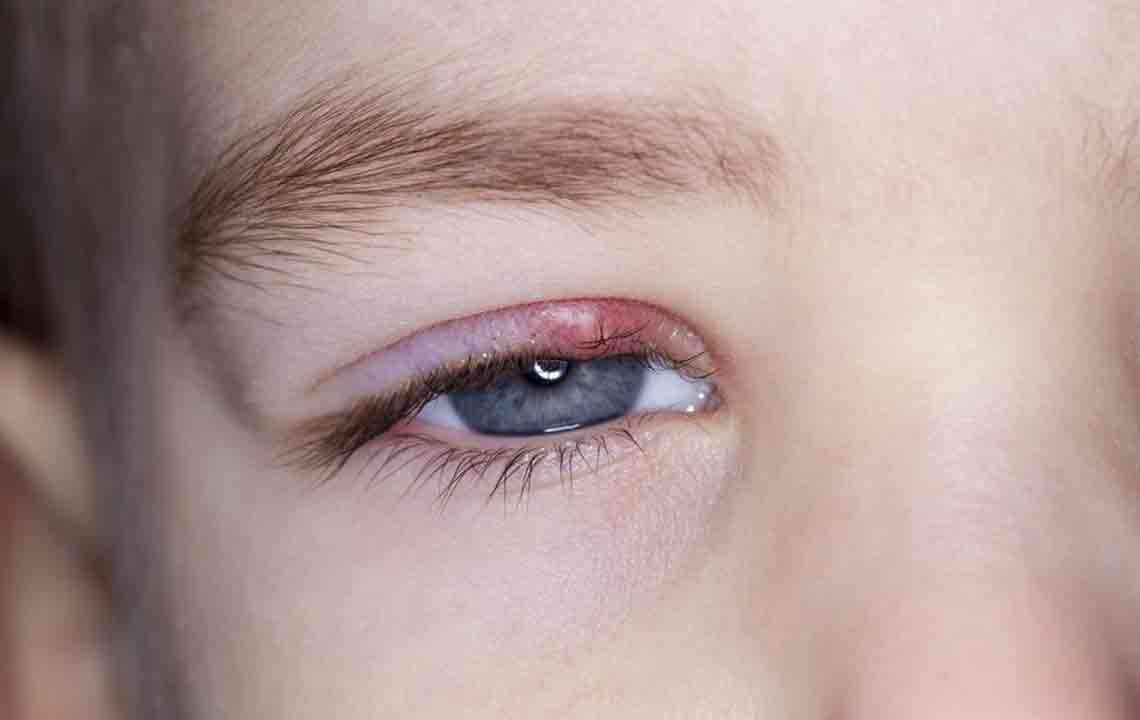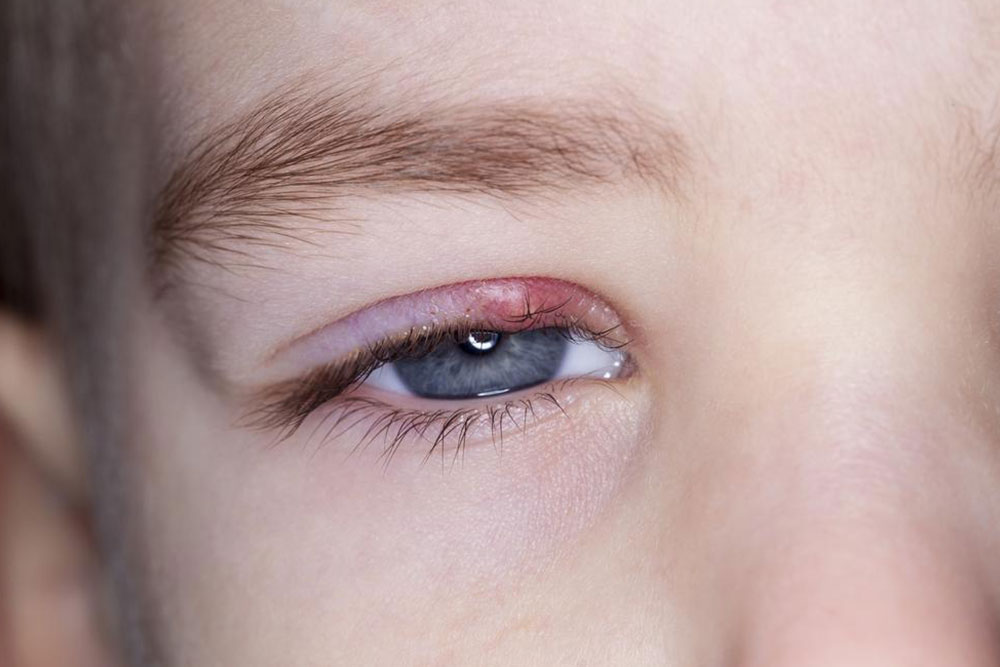Top Ways to Relieve Dry Eye Symptoms Effectively
This article explores practical solutions to alleviate dry eye symptoms, including artificial tears, warm compresses, blinking techniques, and eyelid hygiene. These straightforward strategies help reduce discomfort, improve eye health, and prevent future issues. For persistent problems, seeking professional advice is recommended.

Top Ways to Relieve Dry Eye Symptoms Effectively
Dry eye syndrome involves discomfort and irritation caused by inadequate tear production or poor tear quality. Factors such as allergies, environmental exposure, medications, and aging can contribute. Symptoms may affect daily routines, causing irritation, blurred vision, or damage to the eye surface. Fortunately, various simple remedies can deliver quick relief and help control symptoms efficiently.
Utilizing artificial tears: Prolonged screen time, reading, or dry surroundings can dehydrate the eyes. Regular application of artificial tears restores moisture and alleviates discomfort.
Before choosing eye drops, consult an ophthalmologist as options vary.
Applying warm compresses: Gentle heat from a warm compress helps relieve dryness and opens blocked meibomian glands. Keep the compress at around 108°F for at least 10 minutes, repeating twice daily for best results.
Enhancing blinking frequency: Increasing your blink rate can improve tear distribution and refresh the eye surface. This is particularly beneficial during long periods of reading or screen work, where blinking tends to decrease.
Regular eyelid cleaning can prevent bacterial buildup that worsens dryness and eyelid issues. Use a damp cloth or gentle eyelid wipes for about a minute before sleep. Mild cleansers, such as diluted shampoo, can also be helpful for maintaining eyelid hygiene.
Implementing these easy measures can greatly reduce dry eye discomfort and prevent future episodes. If symptoms continue, consult an eye care professional promptly.


